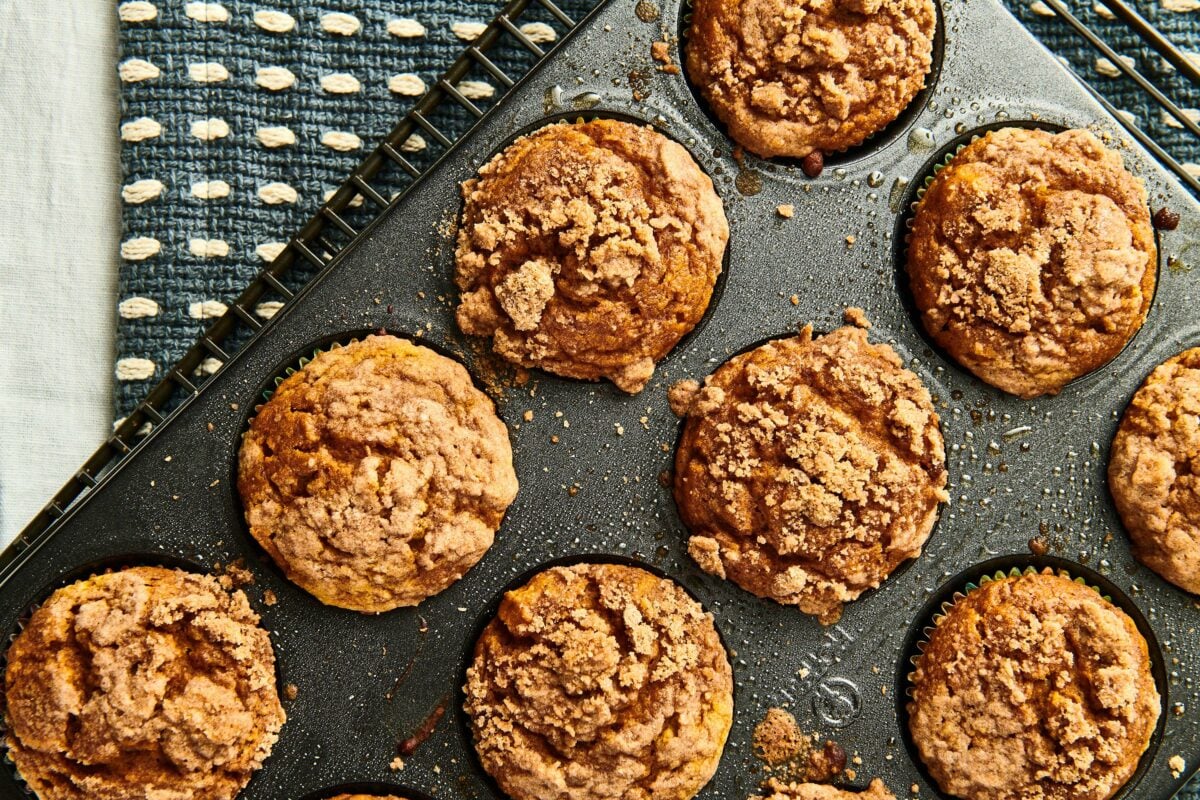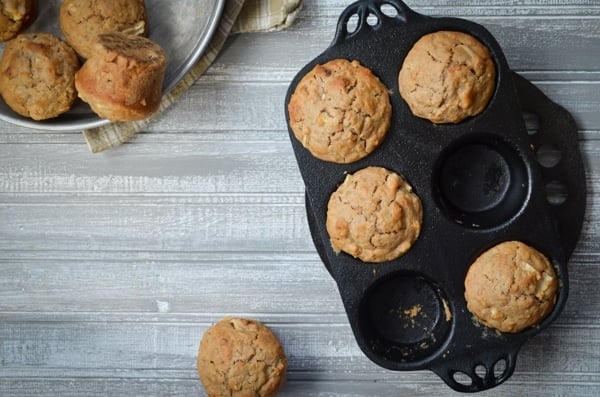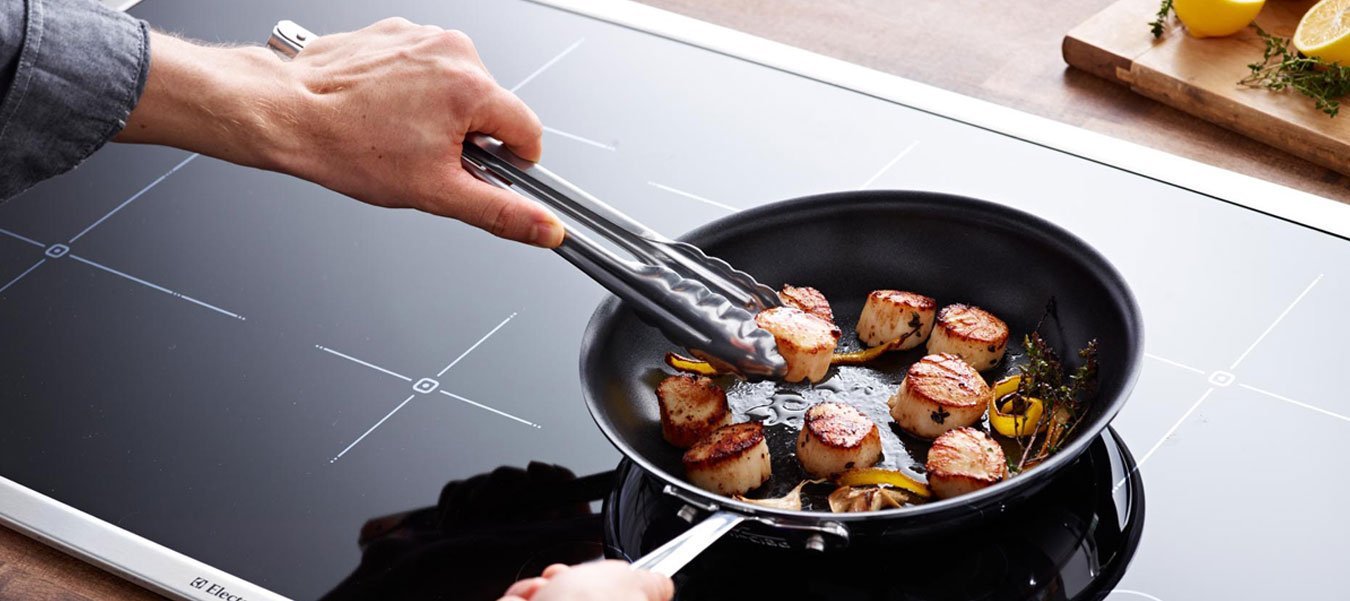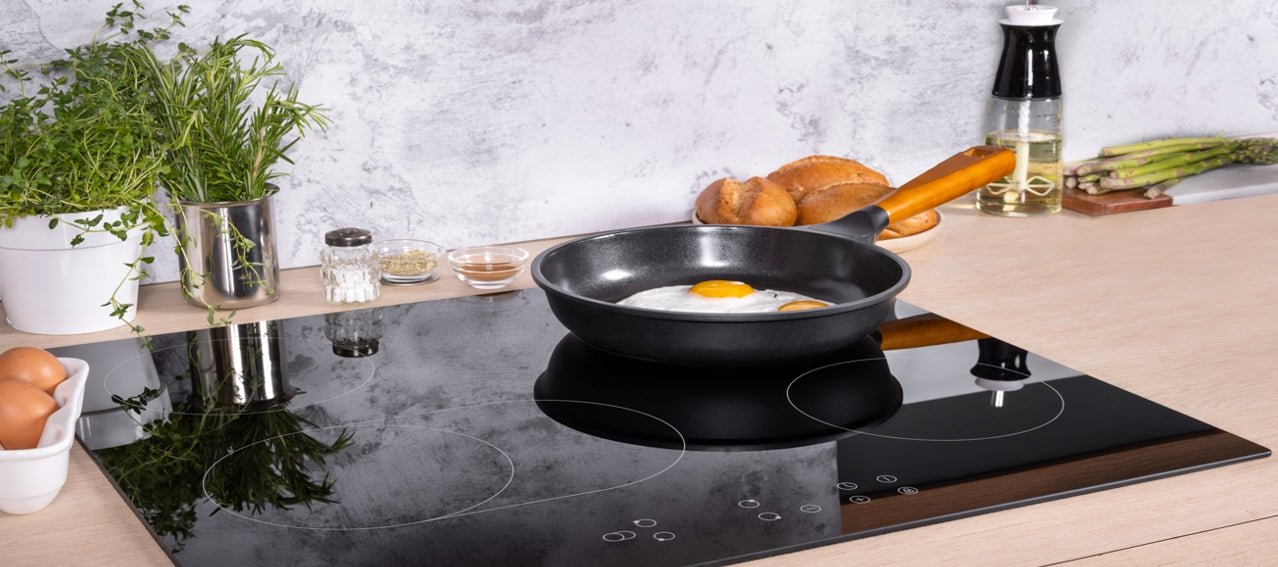For kitchen professionals and culinary enthusiasts, achieving perfection in the kitchen is a daily pursuit. One dish that consistently delights and challenges chefs is the humble egg muffin. When prepared in a cast iron pan, these savory delights take on a new level of flavor and texture. In this article, we'll explore the nuances of crafting exceptional egg muffins in a cast iron pan, offering insights and tips that will elevate your breakfast game.
The popularity of egg muffins has soared in recent years, thanks to their versatility and convenience. These bite-sized wonders are perfect for breakfast, brunch, or even a quick snack. However, using a cast iron pan adds an extra layer of complexity and flavor to the dish. The cast iron's ability to distribute heat evenly ensures that your egg muffins are cooked to perfection every time.

The Science of Cast Iron Cooking
Understanding the science behind cast iron cooking is crucial for any kitchen professional. Cast iron pans are renowned for their ability to retain and distribute heat evenly. This property is especially important when preparing egg muffins, as it ensures that each muffin is cooked uniformly, with a crispy exterior and a tender, fluffy interior.
Seasoning your cast iron pan is a critical step. A well-seasoned pan not only prevents sticking but also imparts a unique flavor to your dishes. To learn more about the differences between cast iron and other materials, you can explore our detailed comparison of cast iron muffin pan vs aluminum.
Ingredients and Preparation
Creating the perfect egg muffins begins with the right ingredients. While the core components are simpleeggs, milk, cheese, and your choice of vegetables or meatsthe possibilities are endless. Experimenting with different combinations can yield delicious results.
Before diving into the recipe, ensure your cast iron pan is properly preheated. This step is crucial for achieving that desirable crispiness on the outside of your muffins. Additionally, using a well-seasoned pan will prevent your muffins from sticking, resulting in a seamless cooking process.
Essential Tips for Success
- Preheat your cast iron pan on low-medium heat to ensure even cooking.
- Use a non-stick spray or brush the pan with oil for easy release.
- Fill each muffin cup only two-thirds full to prevent overflow.
- Experiment with different fillings like spinach, bacon, or feta cheese for varied flavors.
Cooking Techniques and Variations
While the classic egg muffin is a staple, there are numerous variations to explore. From incorporating herbs and spices to adding unique ingredients, the possibilities are endless. For inspiration, check out this collection of creative muffin pan recipes.
Consider trying out different cooking techniques, such as baking the muffins in a water bath for added moisture or experimenting with different cheese combinations for a distinct flavor profile.
Serving and Presentation
The presentation of your egg muffins is just as important as their flavor. Consider garnishing with fresh herbs or a sprinkle of parmesan for an elevated touch. For serving ideas, check out our guide on the best side dishes to complement your egg muffins.

FAQ Section
Can I use a different type of pan for egg muffins?
While cast iron pans are ideal for their heat retention, you can use other pans. However, the results may vary, and you might not achieve the same level of crispiness and even cooking.
What is the best way to clean a cast iron pan?
After cooking, allow the pan to cool slightly before cleaning. Use warm water and a brush to remove any residue. Avoid using soap, as it can strip the seasoning. Dry the pan thoroughly and apply a thin layer of oil before storing.
How long do egg muffins last in the refrigerator?
Properly stored in an airtight container, egg muffins can last up to four days in the refrigerator. They can also be frozen for up to three months for longer storage.
This article contains affiliate links. We may earn a commission at no extra cost to you.






Leave a comment
This site is protected by hCaptcha and the hCaptcha Privacy Policy and Terms of Service apply.